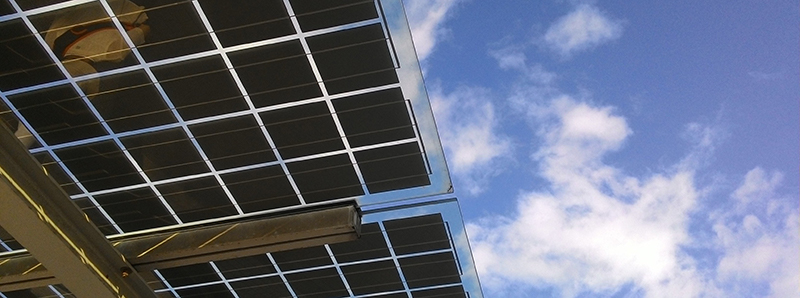Killer Kilowatts

What if we told you that wind and solar kills more people than nuclear?
Wind and solar energy now accounts for more deaths from associated hazards than nuclear, and the statistics are surprising.
What are the Risks?
Solar
Most of the risks associated with solar power lay within the installation of solar panels. Not only can workers fall from great heights, but solar energy also exposes workers to a variety of serious hazards such as electric shock, thermal burns and arc flashes, including arc flash burns and blast hazards.
As well as this, there are many risks associated with the manufacturing and end of life for the panels. There is a high level of toxins that go into the making of solar panels that put the health of factory workers at risk. These include:
- Hydrochloric acid
- Cadmium
- Nitrogen trifluoride
- Sulfur hexafluoride
- Trichlorosilane gas and silicon waste
These risks are so common that statistics now state that roofing is far more dangerous than mining.[1]
Wind
Wind turbines are gigantic mechanical systems, which in itself presents a number of dangers, including electric shock. Many animals such as birds and bats are killed as a result of flying through the blades, which spin at 200 miles per hour on average. As well as this, the blades also present a risk to humans due to “blade throw”, the result of a blade breaking off the turbine and travelling at high speed to the ground, becoming a major risk to anyone nearby. Luckily, blade throw is rare these days as designers have made improvements over the years.[2]
Nuclear
Just like any energy production system, nuclear power generation has its own health risks. The most common result from this production is radioactive waste which can have both short- and long-term effects on physical health. However, the effects of nuclear power are becoming less common as a result of most countries, including the United States, phasing out nuclear power and replacing it with renewable sources such as solar and wind.
Nuclear vs Solar and Wind
Now that we have covered the basic health risks associated with each energy source, it’s time to compare solar, wind and nuclear to see if nuclear really is less life threatening.
Recent statistics show that the nuclear death rate in China was at 0.04 deaths per TeraWatt hour (TWh) in comparison to solar at 0.44 and wind at 0.15. These stats, therefore, confirm that solar is almost three times more dangerous than wind power and over ten times more dangerous than nuclear.[3]
| Energy Source | Solar | Wind | Nuclear |
| Death Rate Per TWh | 0.44 | 0.15 | 0.04 |
Does This Mean Solar is Just as Bad as Fossil Fuels?
Even with this in mind, and roof top solar being declared the most dangerous form of energy creation during its installation, it is still a lot safer than coal and oil as they both hold many health risks which could be fatal. The main illnesses occur as a result of coal and oil damaging the air quality and creating high-level pollution, especially in populated areas like London.
Sources: [1] asaiancorrespondent.com, [2] science.howstuffworks.com, [3] nextbigfuture.com
2EA® are registered Low Carbon Energy Assessors, Consultants and ESOS Lead Assessors, offering both energy management and reduction services ranging from CCL/CHPQA Management to Energy Saving Opportunity Scheme (ESOS) and Carbon Reduction Commitment (CRC) consultancy.
For more information, please contact us either by email to info@2ea.co.uk or by calling 01293 521 350.


